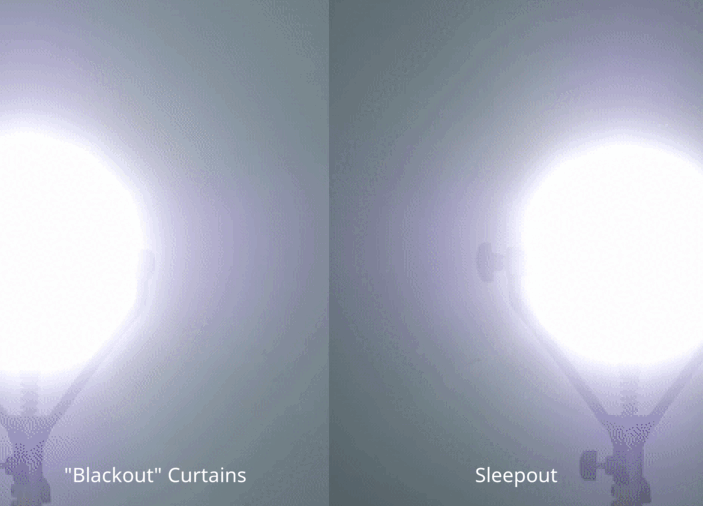Many parents face the challenge of babies who need to be held in order to fall asleep. This attachment-based sleep habit, while nurturing and comforting for the infant, can be exhausting and overwhelming for parents. Understanding why this happens and finding solutions to manage it can lead to better sleep for the whole family.
Why Some Babies Need to Be Held to Sleep
Newborns and infants often require a sense of security and comfort, which they get from being close to their parents. This need stems from both biological survival instincts and psychological attachment needs. The transition from womb to the world is a significant adjustment, and the physical closeness helps replicate the warmth and security of the womb environment.
Attachment theory, developed by psychologist John Bowlby, suggests that a strong emotional and physical attachment to at least one primary caregiver is critical to personal development. For babies, this attachment is mostly shown through physical touch, and hence, holding them can become an integral part of their sleeping routine.
Challenges Faced by Parents
The practice of holding a baby until they fall asleep can prove challenging in several ways:
- Physical Exhaustion: Constantly holding a baby, especially as they grow, can lead to physical strain and fatigue in parents.
- Time-Consuming: Babies who become accustomed to sleeping only in arms can require a lot of time to get to sleep, eating into the time parents might need for other tasks or their own rest.
- Limited Independence: Both the baby and the parents may find it difficult to have time apart, limiting the child's ability to develop independent sleep habits and the parent's ability to return to work or social activities.
Coping Strategies and Solutions
Creating a balance between nurturing attachment and encouraging independent sleep is key in addressing this issue. Here are several strategies that might help:
Gradual Adjustment
Babies adapt gradually. Begin by holding them until they are drowsy but still awake, then place them in their bed. Stay close until they fall asleep. Gradually decrease the amount of time you hold them each night to help them become comfortable with falling asleep on their own.
Create a Comforting Sleep Environment
Ensuring that the sleep environment is comfortable and conducive to sleep can significantly help in transitioning your baby to sleep independently. A quiet, dark room with a comfortable temperature is essential. Incorporating blackout curtains, such as the Sleepout Home Blackout Curtains, can dramatically improve the ambiance by blocking out stimulating light and muffling outside noises, thereby creating an ideal sleep setting.

Consistent Bedtime Routine
Establishing a predictable bedtime routine can help signal that it’s time to sleep. This can include activities like a warm bath, reading a book, and dimming the lights. Over time, these consistent actions before bedtime can help a baby understand that it's time to go to sleep, even without being held.
Use of Sleep Aids
Comfort objects such as pacifiers, blankets, or special toys can also help a baby feel secure and soothed without being in a parent's arms. Introduce these during the bedtime routine so they associate these items with sleep and comfort.
When to Seek Professional Help
If your baby shows excessive distress or if parents are feeling overwhelmed, it might be beneficial to seek guidance from a pediatrician or a child sleep consultant. These professionals can provide tailored advice and support to manage sleep challenges effectively.
Understanding and patience are key
It’s important to remember that each baby is different and what works for one might not work for another. Patience, perseverance, and flexibility in approach are central to successfully managing sleep practices around attachment needs.
Shouldering the responsibility of nurturing a baby’s sleep while managing attachment requires effort, understanding, and often, a bit of trial and error. Implementing the strategies mentioned here can help ease the transition and lead to more restful nights for both babies and their parents.


